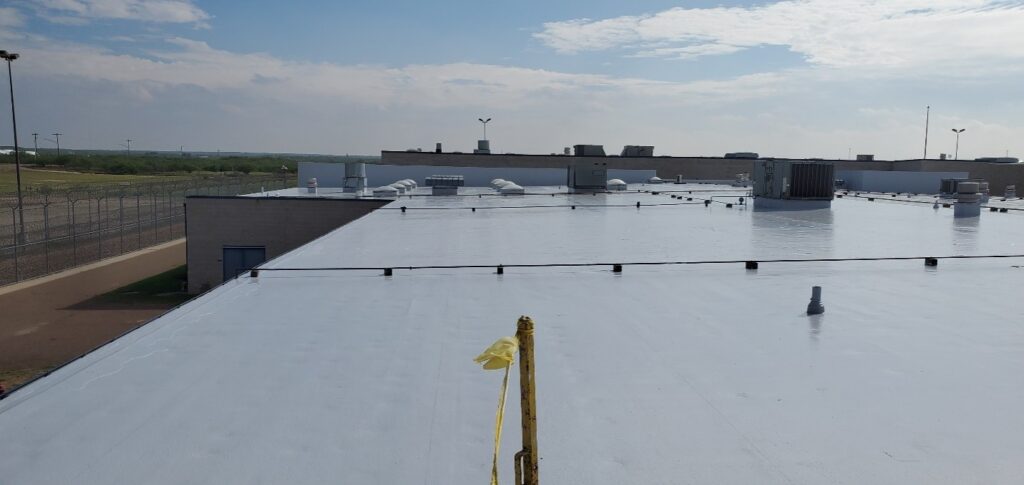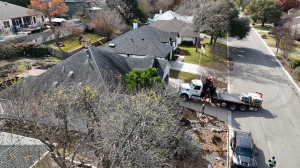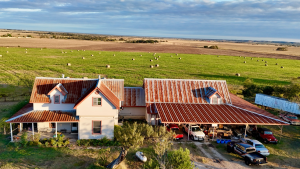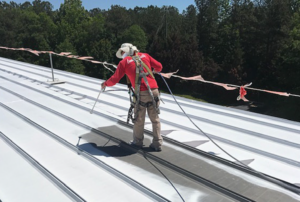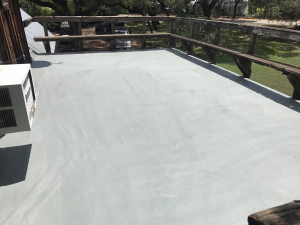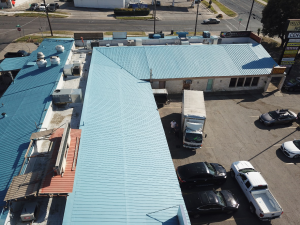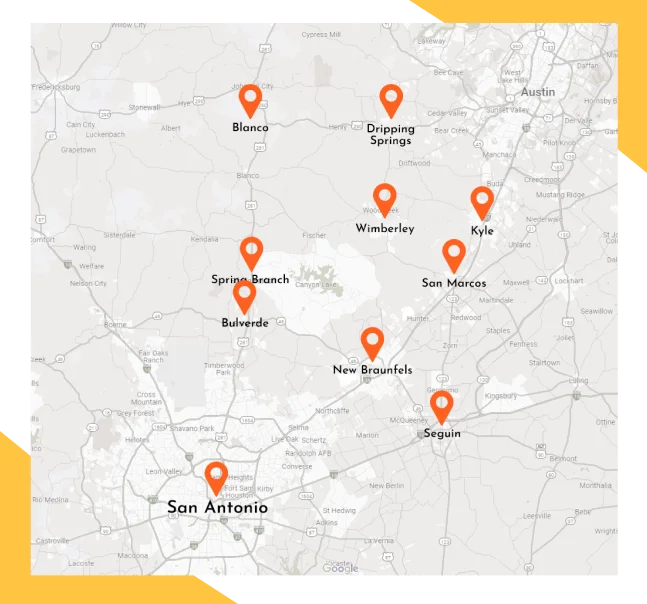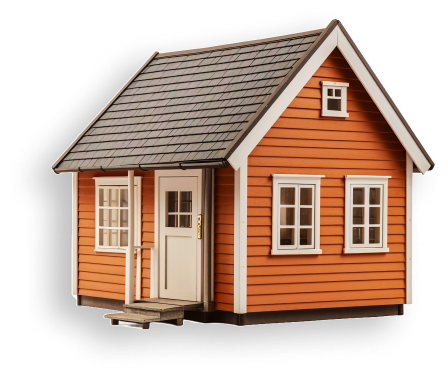Your choice of roofing materials for commercial buildings directly affects the durability, energy efficiency, and cost-effectiveness of your roof. With advancements in technology and material science, building owners and managers now have a variety of roofing options to consider.
Let’s explore the best roofing materials for commercial buildings, including EPDM, TPO, PVC, and metal roofing, highlighting the pros and cons of each.
Whether you are seeking commercial roofing services in New Braunfels or planning a new installation, this guide will help you make an informed decision that aligns with your specific needs.
EPDM Roofing
Ethylene Propylene Diene Monomer (EPDM) is a synthetic rubber roofing membrane that is widely used in commercial buildings.
Pros
- Durability:EPDM is known for its excellent durability, with a lifespan of 20-30 years.
- Weather Resistance:It performs well in various climates, resisting damage from UV rays, hail, and extreme temperatures.
- Ease of Installation:The material is lightweight and can be installed relatively quickly, reducing labor costs.
- Cost-Effective:EPDM is one of the most affordable commercial roofing materials.
Cons
- Aesthetics:EPDM typically comes in black, which may not be the most visually appealing option for some building owners.
- Seam Vulnerability:Seams can become a weak point if not properly installed or maintained.
- Energy Efficiency:Black EPDM can absorb heat, potentially increasing cooling costs in hotter climates.
TPO Roofing
Thermoplastic Olefin (TPO) is a single-ply roofing membrane that combines the benefits of EPDM and PVC.
Pros
- Energy Efficiency:TPO is available in white and other light colors, reflecting sunlight and reducing cooling costs.
- Cost-Effective:It is generally more affordable than PVC while offering similar benefits.
- Durability:TPO roofs are resistant to punctures, tears, and impact damage.
- Flexibility:The material remains flexible in cold temperatures, making it suitable for various climates.
Cons
- Longevity:TPO’s lifespan can vary, with some products lasting only 10-20 years.
- Quality Variability:The quality of TPO can vary significantly between manufacturers, requiring careful selection.
- Installation Complexity:Proper installation is critical to avoid issues with seams and ensure longevity.
PVC Roofing
Polyvinyl Chloride (PVC) roofing is a popular choice for commercial buildings due to its durability and energy efficiency.
Pros
- Durability:PVC roofing can last 20-30 years or more with proper maintenance.
- Chemical Resistance:PVC is resistant to chemicals, making it ideal for buildings with exposure to industrial emissions.
- Energy Efficiency:Similar to TPO, PVC is available in light colors that reflect sunlight, reducing cooling costs.
- Fire Resistance:PVC is highly resistant to fire, enhancing building safety.
Cons
- Cost:PVC is one of the more expensive commercial roofing materials.
- Flexibility:The material can become brittle in cold temperatures, potentially leading to cracks.
- Environmental Concerns:The production and disposal of PVC have raised environmental concerns due to the release of harmful chemicals.
Metal Roofing
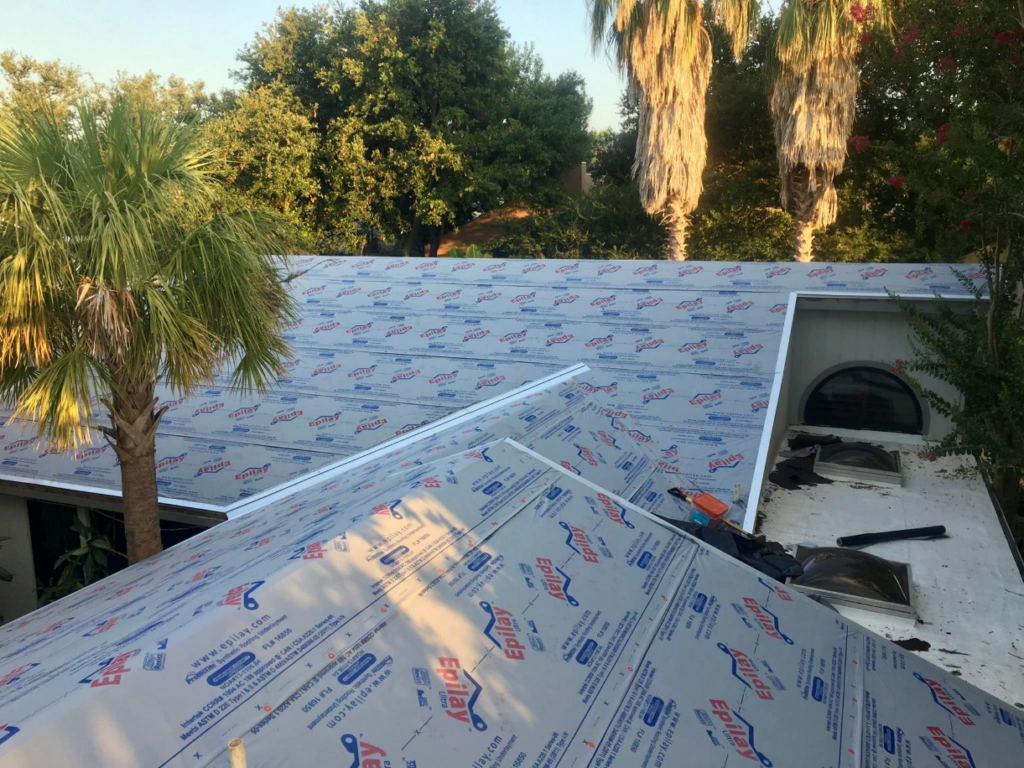
Metal roofing is an adaptable and enduring option for commercial buildings, providing a range of benefits and some potential drawbacks.
Pros:
- Longevity:Metal roofs have an impressive lifespan of 40-70 years, offering a reliable long-term investment.
- Durability:Metal roofing is exceptionally resilient, withstanding high winds, hail, and fire.
- Energy Efficiency:Reflective coatings on metal roofs can significantly reduce cooling costs, and they are often compatible with solar panel installations.
- Sustainability:Many metal roofs are made from recycled materials and can be fully recycled at the end of their life cycle, making them an eco-friendly choice.
Cons:
- Cost:The initial expense of metal roofing is higher compared to other materials, such as asphalt shingles or single-ply membranes.
- Noise:Metal roofs can produce more noise during rain or hailstorms, although you can mitigate this with adequate insulation.
- Thermal Movement:Metal roofs expand and contract with temperature changes, which can lead to fastener issues over time if they are not properly installed and maintained.
Suitability for Different Climates and Building Types
Choosing the right roofing material involves considering the climate where your building is located and the specific requirements of your structure.
Here’s how different roofing materials perform in various climates, especially in the weather conditions in New Braunfels, TX.
EPDM
EPDM is best suited for moderate climates and is ideal for flat or low-slope roofs. It is resistant to UV rays and can withstand temperature fluctuations, making it a versatile option.
The hot summers and mild winters in New Braunfels make EPDM a viable choice. However, the black surface of standard EPDM can absorb heat, potentially increasing cooling costs during the sweltering summer months.
Opting for a white EPDM membrane can mitigate this issue by reflecting sunlight and reducing heat absorption.
TPO
Due to its reflective properties, TPO is suitable for buildings in warm climates. It’s particularly effective for flat roofs and buildings that prioritize energy efficiency.
Given the high temperatures in New Braunfels, TPO’s reflective surface can significantly reduce cooling costs. Its resistance to UV rays and heat makes it a durable choice for the region, ensuring long-term performance despite the intense summer sun.
PVC
PVC is ideal for areas with chemical exposure and for buildings needing fire-resistant roofing. It is suitable for flat or low-slope roofs and performs well in both hot and cold climates.
Its reflective properties benefit the city’s hot climate, helping to keep buildings cooler. Additionally, its resistance to wind and fire enhances building safety, which is crucial given the region’s occasional severe weather events.
Metal
Metal roofing is versatile and performs well in various climates, especially areas prone to severe weather. It is best for buildings with steep slopes and those seeking a long-term, sustainable solution.
It’s an excellent choice for New Braunfels due to its durability and resistance to extreme weather conditions, including hail and high winds. The reflective coatings on metal roofs can help reduce cooling costs during the hot summers.
Additionally, metal’s longevity and low maintenance needs make it a cost-effective choice over time.
Cost-Effectiveness and Durability
When evaluating roofing materials, it’s important to balance initial costs with long-term benefits. While EPDM and TPO offer cost-effective solutions with decent lifespans, PVC and metal provide superior durability and energy efficiency at a higher upfront cost.
Consider the total cost of ownership, including maintenance, repairs, and energy savings, when making your decision.
Contact Commercial Roofing Services in New Braunfels for Tailored Solutions!
For comprehensive guidance and expert services, consider partnering with experienced Corporate Roofing Contractors in New Braunfels ensuring your roofing project meets the highest standards of durability, efficiency, and cost-effectiveness.
Get in touch with us at Boomerang Building & Repairs. We have been providing top-notch commercial roofing services in New Braunfels for over 20 years with tailored roofing solutions that meet your specific needs. Whether it’s commercial roof installation, repair, or replacement, our expertise and commitment to quality will ensure a successful and long-lasting roof for your building.
Contact us now to discuss your project!


